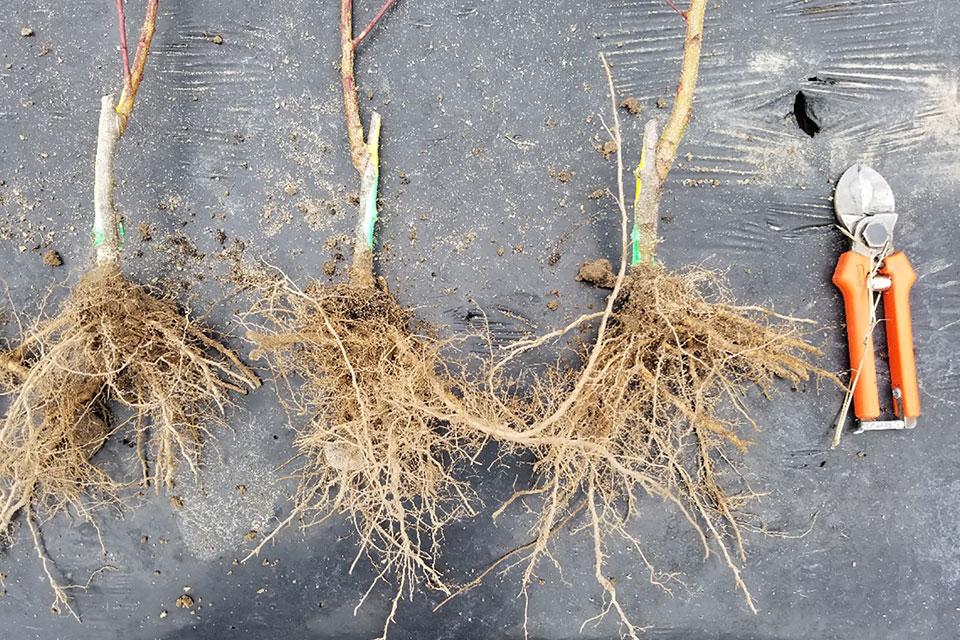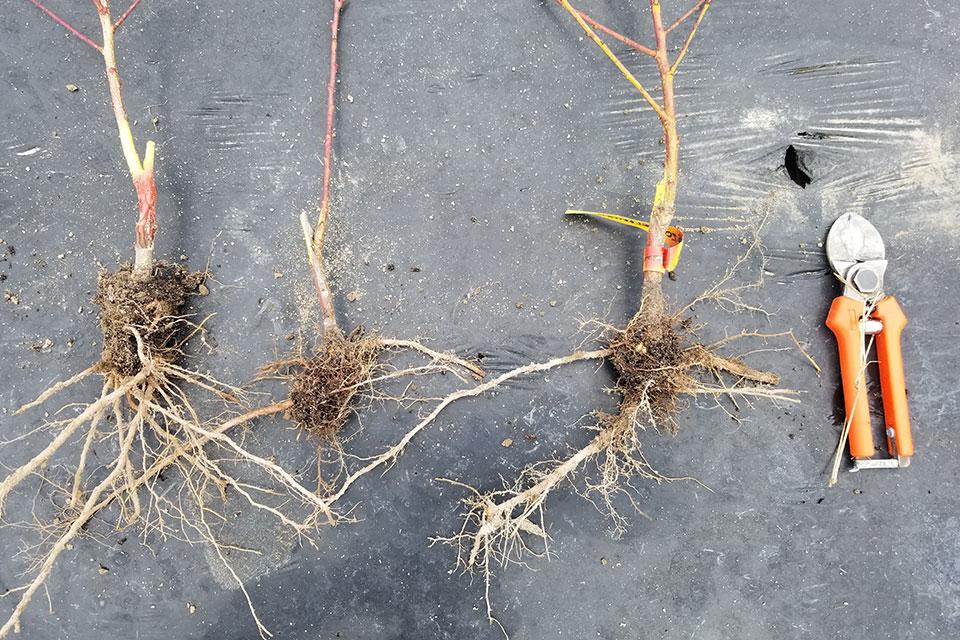Rootstocks Play Huge Role in the Future of Peach Production
As Dr. Greg Lang pointed out in his two previous, and final, columns, “Precision-Ready Peach Orchards Growing into a Thing of Beauty,” and “Why Digital Precision Means More Peaches from the Orchard,” advancements in orchard efficiency have been facilitated by the advent of vigor-limiting rootstocks and new canopy training strategies. He presented research and novel ideas about training strategies to maximize production efficiency and to reach a planar structure.
I thought in my first column that it may be good to talk about the other part of the equation on orchard efficiency — rootstocks.
As all of us are aware, a rootstock must contain a myriad of key characteristics that allow peach plants to survive and to thrive in specific conditions. Examples of major traits include resistance to nematodes, tolerance/resistance to bacterial and fungal pathogens, tolerance to waterlogging or other unique soil characteristics, and control of vigor. Rootstocks are a thing of beauty and take decades to be developed, tested, and released.

Fig. 1. Peach plants of Guardian rootstock grafted with a commercial scion variety.
Photo by Dario Chavez
CASE IN POINT
In the last three decades, peach rootstocks have been developed mostly by private and a few public (university and USDA) breeders. Some of these rootstocks have been released as a unique source of resistance/tolerance to a major disease or pathogen. Without these rootstocks, major losses in peach production would occur every year. The interesting thing about commercial peach production rootstock requirements is that these needs cannot be solved by a one-size-fits-all rootstock cultivar.
A continuous evolution of rootstocks is an essential process to be ready to address possible issues in the future. For example, Guardian rootstock (see Fig. 1) was released to address Peach Tree Short Life (PTSL) disease losses in the 1990s. However, after a few years, Armillaria Root Rot losses started to increase and became the most significant issue for peach production.

Fig. 2. Peach plants of MP-29 rootstock grafted with a commercial scion variety.
Photo by Dario Chavez
All commercially available peach rootstocks were susceptible to Armillaria until MP-29 rootstock (see Fig. 2) was released a decade ago. MP-29 is the only known commercial rootstock resistant to Armillaria Root Rot. MP-29 was created decades ago about the same time that Guardian was released. It was evaluated and tested for multiple years across different scenarios: resistance to PTSL, resistance to major nematodes (including Meloidogyne floridensis), and most importantly resistance to Armillaria.
This is a great example of the importance of a continuous evolution of our peach rootstocks and the importance of foresight of the breeder/breeding program about the future needs of the industry. The same can be said about the need of vigor-controlling rootstocks, and coupled with new canopy training strategies, they may change the way we grow peaches in the future.
One curious situation our industry is facing is that public stone fruit breeders are retiring, and some programs are being phased out completely. These losses have been occurring in the last decades and include breeders of the rootstocks we are currently excited about for use as size-controlling rootstocks and disease-resistant materials
I believe it is important for us in the peach industry to voice our support to keep these breeding programs going and support the hiring of new breeders to keep the stone fruit breeding work going. As a researcher, it always makes me wonder what other beneficial traits may be available in those programs, and what exciting selections are coming down their pipelines. It will be sad to see those programs go, as we need those materials to keep this industry viable now and in the future.










